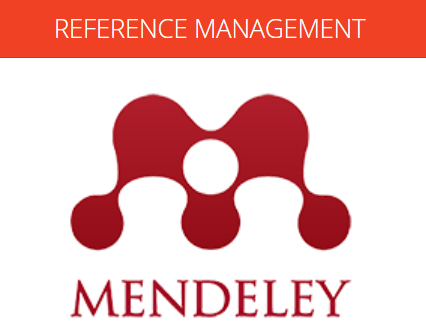Application of Cooperative Learning Model Integrated Reading and Composition (CIRC) Assisted By Flashcardmediato Improve Reading Comprehension Ability of Dyslexic Students In Elementary Schools Providing Inclusion Education
DOI:
https://doi.org/10.52048/inovasi.v18i1.489Keywords:
CIRC model, dyslexia, flashcard mediaAbstract
This study intends to describe the Cooperative Integrated Reading Composition (CIRC) learning model's deployment with the use of Flashcard media and the improvement in dyslexic students' reading comprehension skills following the use of the CIRC model with Flashcard media. Research of this kind is referred to as classroom action research. This study's focus was on one student with special needs, namely dyslexia in class VI. The research site is at SDN Banjarworo II, Bangilan District, Tuban Regency. This study was conducted in two cycles, with each cycle consisting of one meeting. This research is class action research using a qualitative and qualified approach. The stages or steps carried out are (1) the planning stage, (2) the implementation stage, (3) the observation stage, and (4) the reflection stage. Data collection techniques use interview techniques, observations, tests, and documentation. Research instruments are interview sheets, observation sheets, and test sheets. Research results: At the stage of implementing the application of the CIRC model assisted by flashcard media, students pay attention to text and reading and make initial predictions. With the assistance of teachers, dyslexic students work in groups and practice doing presentations and class discussions, then do the reading comprehension ability test questions. In cycle 1, the assessment of teacher activities in implementing the CIRC learning model assisted by flashcard media was 80% with the criteria "good" and experienced an increase in cycle II of 95% with the criteria "excellent". The assessment of the activities of class VI dyslexic students in following the learning process using the CIRC learning model assisted by flashcard media was 70% with the criteria "good" and experienced an increase in cycle II by 85% with the criteria of "excellent". For the assessment of the reading comprehension ability of dyslexic students in the first cycle, which is 65, this score is still insufficient because it is below the school's KKM score. In the second phase, the assessment of reading comprehension ability increased to 80. This shows that the application of the Cooperative Integrated Reading and Composition (CIRC) learning model assisted by flashcard media can improve the reading comprehension ability of grade VI dyslexic students at SDN Banjarworo II, Bangilan District, Tuban Regency.







